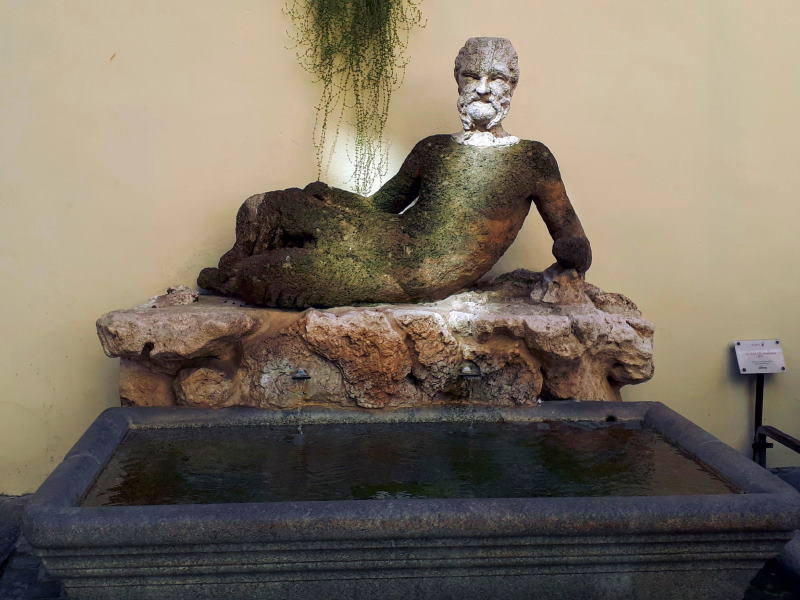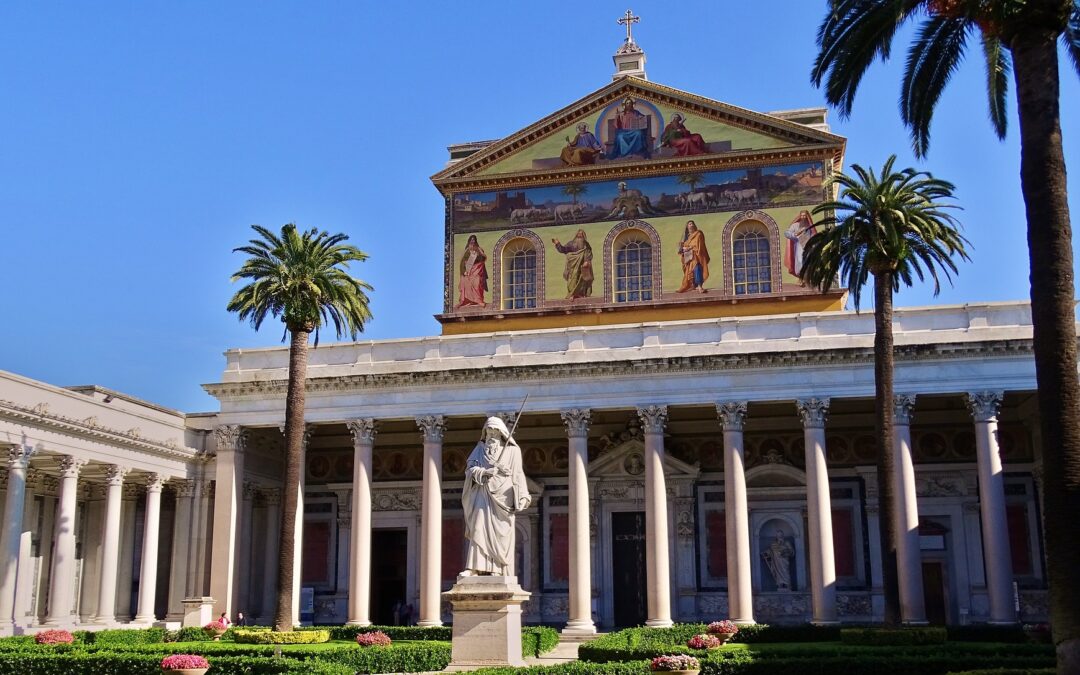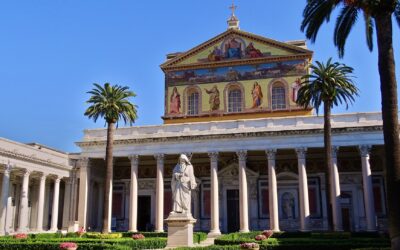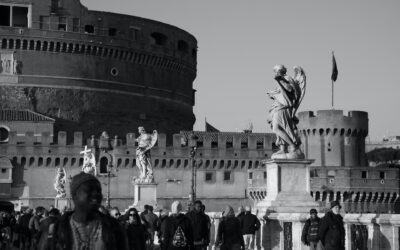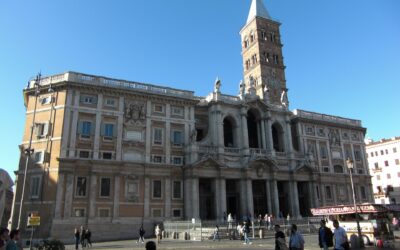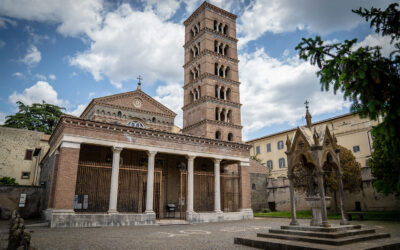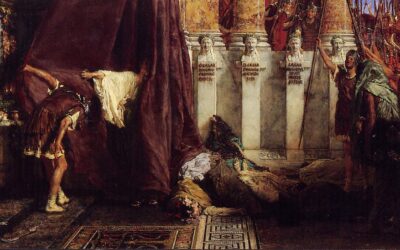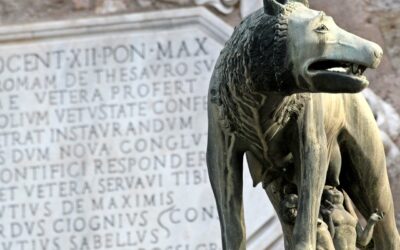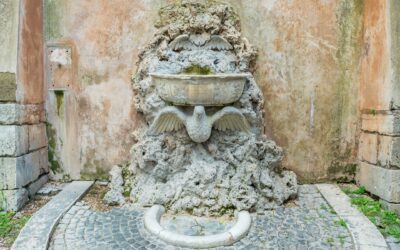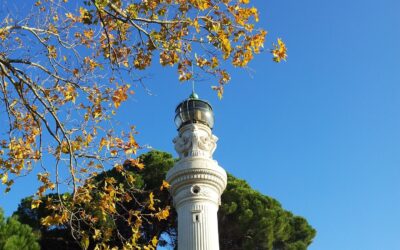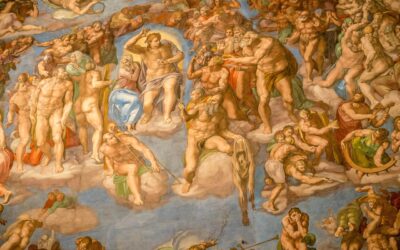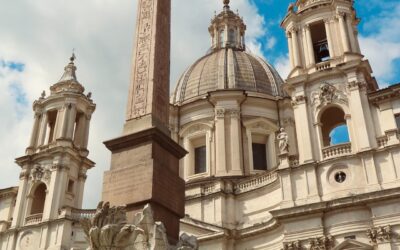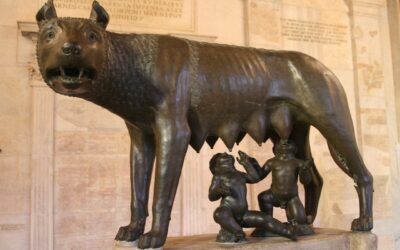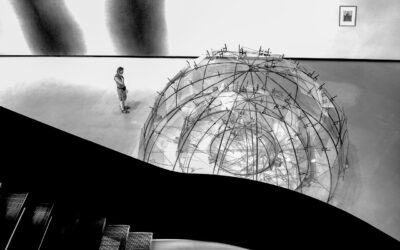Rome, the eternal city, has a rich history steeped in tradition and culture. Among the many unique customs and festivities that have survived the test of time is the Festa di Pasquino, a traditional Roman celebration that revolves around the enigmatic figure of Pasquino and the talking statues of Rome. In this comprehensive essay, we will delve into the origins of Festa di Pasquino, explore the historical significance of Pasquino, and shed light on the intriguing phenomenon of the talking statues that once captured the attention and imagination of the Roman populace.
Chapter 1: Origins of Festa di Pasquino
The roots of Festa di Pasquino can be traced back to ancient Rome when the city was the center of the vast Roman Empire. Although the exact origins of this festivity remain somewhat obscure, it is widely believed to have emerged during the Renaissance period, around the 15th or 16th century. During this time, the city experienced a revival of classical arts and literature, which may have sparked an interest in resurrecting older Roman traditions.
Chapter 2: Pasquino – The Voice of the People
At the heart of the Festa di Pasquino is the enigmatic figure after whom the festival is named: Pasquino. Pasquino was a classical Hellenistic sculpture that was discovered during excavations near the Piazza di Pasquino in Rome in the 16th century. The exact identity of the statue is uncertain, with various theories suggesting that it could represent Menelaus, a schoolmaster, or a gladiator.
Chapter 3: The Tradition of Satirical Messages
What made Pasquino famous and eventually a symbol of free expression and political dissent were the satirical messages that began to appear on or around the statue. People would anonymously attach witty and critical verses, poems, and epigrams to Pasquino’s base, cleverly criticizing the ruling elite, discussing social issues, and even making puns about contemporary events. This tradition of satirical messages became known as “pasquinades.”
Chapter 4: The Talking Statues of Rome
Pasquino was not the only “talking statue” in Rome. Several other ancient statues in the city also became focal points for pasquinades and expressions of discontent. Notable examples include Marforio, Madama Lucrezia, Abbot Luigi, and Il Babuino. Each statue had its distinctive character and was known for eliciting specific types of responses from the people.
Chapter 5: The Power of Political Satire
The pasquinades and the talking statues were a powerful means for the Roman people to voice their grievances and dissent during a time when open criticism of the authorities could be met with severe consequences. The use of satire provided a degree of anonymity to the authors, allowing them to criticize without fear of retribution. The Roman authorities, however, were not always amused by these displays of defiance.
Chapter 6: Suppression and Revival of the Tradition
As the pasquinades grew in popularity, the papal authorities sought to suppress them. They considered the satirical messages as threats to their power and influence. Attempts were made to remove the offending verses and punish those responsible for writing them. Despite these efforts, the tradition of the talking statues persisted, albeit with periods of greater or lesser activity.
Chapter 7: The Decline of Pasquino and the Talking Statues
As the centuries passed, the significance of Pasquino and the other talking statues diminished. Political climates changed, and the avenues for public expression evolved. With the advent of modern media and journalism, people found alternative ways to voice their opinions and concerns. As a result, the talking statues gradually lost their status as symbols of political satire.
Chapter 8: Festa di Pasquino Today
In the present day, Festa di Pasquino endures as a cultural event rather than a platform for political dissent. It has become a part of Rome’s folklore, celebrated with traditional parades, music, and food. The focus has shifted from the political aspects to celebrating the city’s unique history and culture, allowing locals and tourists alike to immerse themselves in the captivating atmosphere of the festival.
Festa di Pasquino stands as a testament to the enduring spirit of the Roman people and their love for tradition and free expression. The talking statues, particularly Pasquino, played a pivotal role in allowing the voices of the common people to be heard during times when such expression was a rare and risky privilege. Although the political significance of the talking statues has waned, their historical and cultural importance remains intact, reminding us of the power of satire and the human spirit’s indomitable desire for self-expression. As Rome continues to evolve and adapt to the modern world, it is essential to cherish and preserve these unique traditions, ensuring that the legacy of Festa di Pasquino lives on for generations to come.

